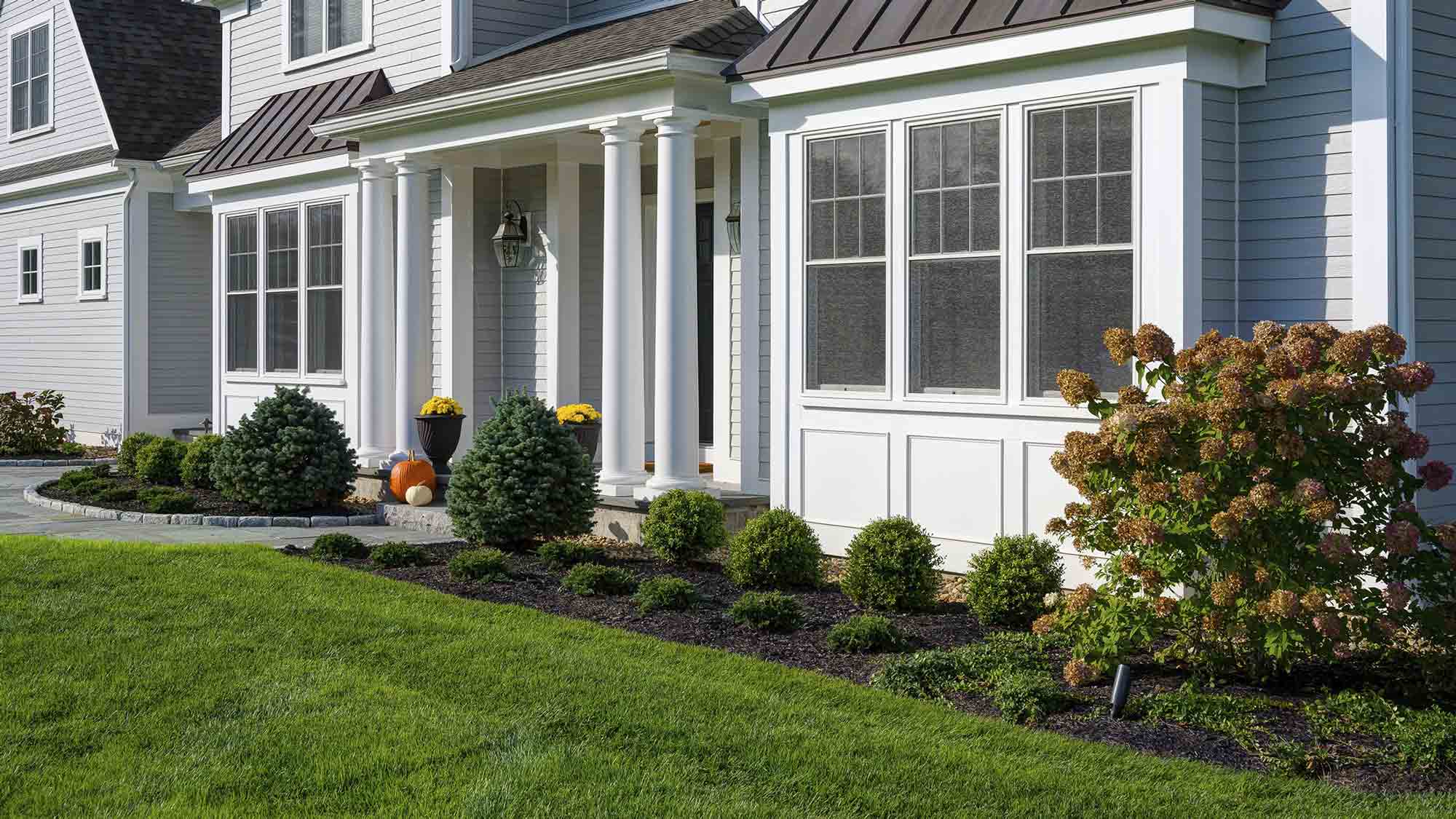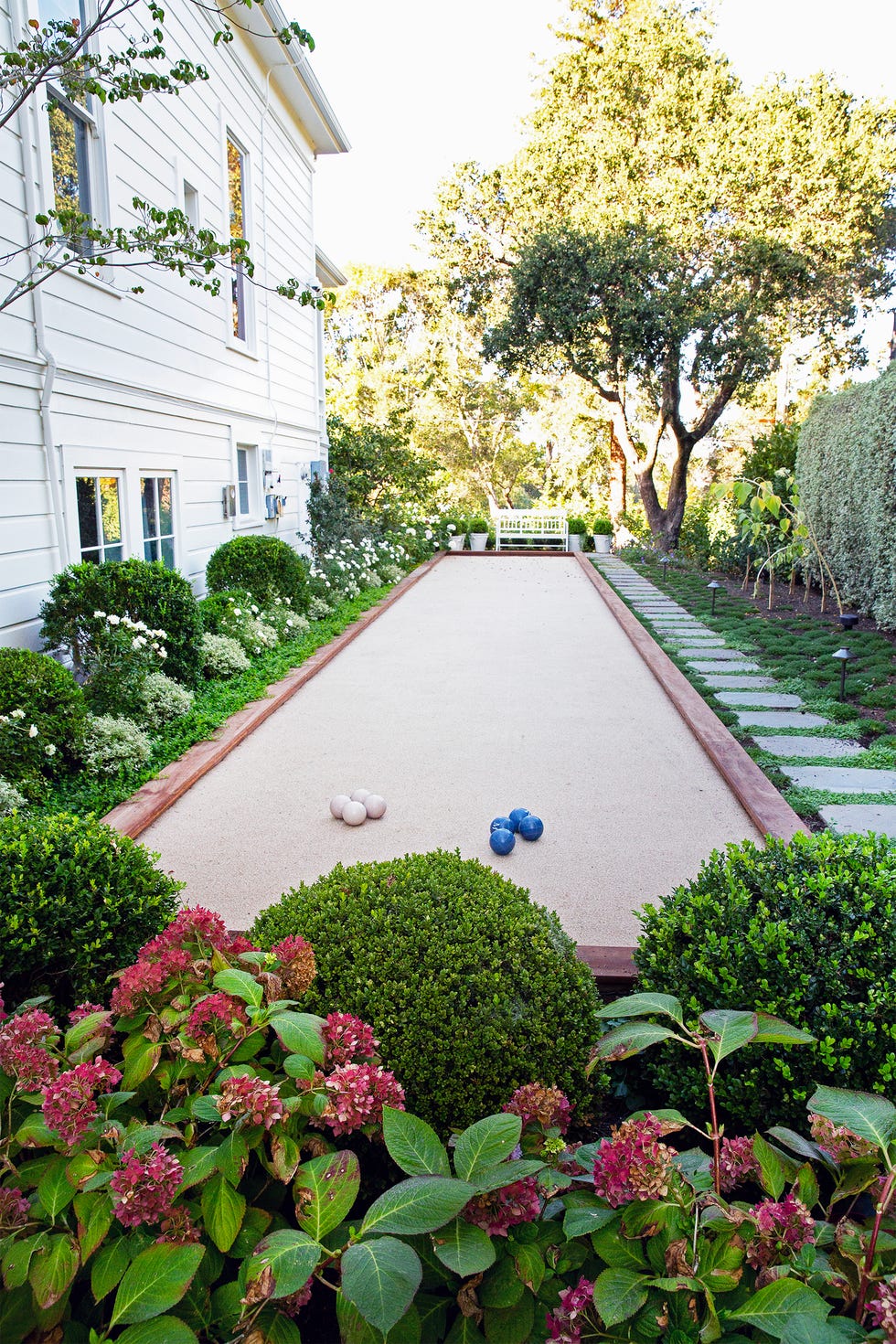The Ultimate Guide To Landscapers
Table of ContentsSome Ideas on Landscapers You Need To KnowThe 6-Minute Rule for LandscapersThe Ultimate Guide To LandscapersThe Definitive Guide for LandscapersRumored Buzz on Landscapers
Each of these elements has a details objective and significance, and when combined in the ideal method, they produce a well balanced and harmonious landscape - Landscapers. Rocks are considered the foundation of a Japanese yard. They stand for mountains or islands and are purposefully positioned to develop a sense of depth and perspectiveIt can take the type of a pond, stream, or waterfall, and its objective is to add motion, sound, and representation to the landscape. Plants, particularly evergreens and deciduous trees, play a necessary function in producing a Japanese yard. They are meticulously selected for their shape, shade, and texture to include rate of interest and comparison to the landscape.
These man-made elements commonly have religious or spiritual significance in Japanese culture and are carefully placed within the landscape to develop focal points. Digital Photography by Garrett Cook Desert yards, also understood as xeriscaping or dry landscaping, prosper in dry and drought-prone areas (Landscapers). These yards showcase plants that have actually grown familiar with the warm and arid problems, making them low-maintenance and water-efficient

They are naturally used to the neighborhood climate, dirt conditions, and wildlife, making them a lot more resistant and better matched to grow in their setting. This design style accepts the charm of regional flora and animals, promoting a sense of area and connecting us to the land we survive on. Photo: Christopher Lee Mediterranean gardens came from in the nations surrounding the Mediterranean Sea, such as Italy, Greece, and Spain, where the climate is hot and completely dry.
The Main Principles Of Landscapers
In a Mediterranean climate, the summer warm and aridity are substantial obstacles for plant growth. To resolve this, Mediterranean yard design integrates aspects that offer shade, such as pergolas and arbors, to protect plants from straight sunshine during the most popular hours of the day. These structures offer a practical objective but likewise add architectural interest to the garden.
To combat this, sprinkling techniques such as drip irrigation are generally made use of to make sure that plants receive a proper amount of water without losing it. Formal gardens are typically connected with grand estates and palaces, where every little thing is perfectly symmetrical and in line. These yards adhere to a stringent geometric pattern, with straight lines and ideal angles controling the layout.
The usage of hardscaping aspects such as fountains, sculptures, and paths is also common in official yards. Informal gardens tend to have bent pathways, irregularly designed flower beds, and a mix of various plant types.

The smart Trick of Landscapers That Nobody is Talking About
The design is so popular that it doesn't stand out since so several individuals have it. The majority of the landscapes throughout the nation are conventional design.
Common weblink aspects of a standard landscape style more tips here are red brick pavers arranged in a traditional herringbone pattern and cottage style garden beds with a great combination of perennials and shrubs. You can locate typical landscape design used at the historic homes in midtown Idaho Falls. This design supplies an excellent equilibrium of native and non-native plants.
Since the design has actually been around for awhile, even more people have it, so it doesn't attract attention as much. A modern-day landscape has the most edgy layout style. Intense colored plants combine with bold metal containers and home furnishings. Every aspect is a lot more polished and exact. Bushes and plants are normally much more especially set up and pruned into forms versus being even more natural.
It's not regarding the style of home a landscape fits, but a lot more the products it's constructed of. Locating products for this design, such as containers made from steel, can be harder, so it can cost a bit much more. This style brings smooth refinement. While bushes need to be cut to maintain their forms, this style of landscape needs less specialized maintenance.
What Does Landscapers Do?
Fuller landscape beds with great deals of shade that call for higher levels of maintenance and maintenance. A more recent landscape design that's emerged lately click to read more is the rustic modern style.
This style goes ideal with homes that are rustic or modern-day, and it has a great blend of the benefits and drawbacks of those styles detailed above (Landscapers). Uncertain which design fits you best? Factoring in maintenance and general style and care expenses can help persuade you in one instructions over another based on your choices
For one, because materials like rocks and rough-hewn wood are so popular here, they are simple to get. Also, plants are left to grow more naturally, as in they do not require to be a symmetric, trimmed shape. On the other hand, contemporary and home style gardens are usually more costly to mount and need even more maintenance.
You can develop a visually pleasing landscape by following these 6 principles of design. There are six principles of layout that have been utilized by musicians for centuries throughout all art forms, painting and floral layout along with landscape design. They are: Balance Focalization Simplicity Rhythm and Line Proportion Unity Equilibrium is a state of being along with seeing.
Landscapers Things To Know Before You Buy
There are 2 major types of equilibrium: in proportion and asymmetrical. Balanced balance is used in formal landscapes when one side of the landscape is a mirror picture of the contrary side. These landscapes typically utilize geometric patterns in the sidewalks, planting beds and also exactly how the plants are trimmed right into forms.

Each area of the landscape might consist of a centerpiece, but it is certainly not required. Landscape designers need to not overuse focal factors. In any kind of sight, people are drawn in to intriguing plant types, intense colors and imaginative, architectural style along with art or sculptures. Mix it up, have some fun and develop interesting centerpieces.
Keeping landscapes easy, not littered or fussy is always an excellent technique. This is not the reverse of intricacy. Numerous landscapes have very complicated attributes, consisting of the building design, water functions and considerable lights features. Landscapes that make individuals happy and comfortable avoid making use of a lot of colors, shapes, curves and textures, but in no chance does this mean simplistic, monotonous or absence of creative imagination.